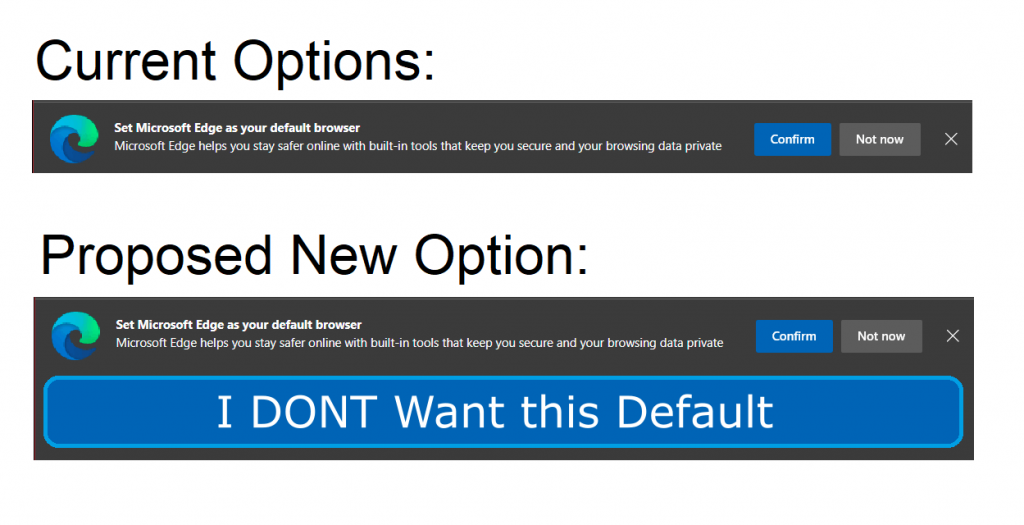Have you ever encountered a website or an app that asks you to sign up to see the details or result, a trial, or a subscription, but doesn’t give you an option to say no? Or even after you enter the number there is no simple way to ask the website or app to delete your personal data (GDPR not in India),
After installing an Application on mobile it keeps bothering to Give SMS, Contact, calls, files permission. Even if you know that for this application those permission is not required but it forces you to give all permission to run this application.
then you have experienced what I call the “no opt-out” UX design.
The “no opt-out” UX design is a deceptive technique that manipulates users into agreeing to something they may not want or need. Because there is no option to say No.

As above screenshot from an application which we install on mobile to see who is calling. Now this application wants to scan SMS by saying protect you from spam this is good but what if I don’t want this application to change my default messaging application? I am already using a better alternative for managing my SMS. but as shady practice for “no opt-out” UX design. There is no choice for me to select I Don’t Want make this application my default messaging application. Every time a new SMS comes or if I open this application this annoying popup will come up as giving me 2 options: enable this or click on Maybe later which will start the loop again and ask me the same permission again and again.
Let’s look at another example from an Operating system company, they have scrapped the previous browser and browser engine using an existing open source browser engine and created a new browser called Edge.

I know that this open source browser engine was used by another application team and created better browsers that suit my needs.
But now my operating system browser is hijacked, the browser is installed by default. That’s ok for me but in between the work asks me to set Edge as default browser and “no opt-out” UX design where I don’t get the option to say No.
Nowadays it’s common for each and every company to follow this legally unethical practices and you can find this type of example in every application you install or website you visit.
The “no opt-out” UX design is unethical and harmful for several reasons. First, it violates the user’s autonomy and consent. Users should have the right to choose what they want and what they wont. They should not be tricked into choosing the things that they don’t want. Second, it damages the user’s trust and satisfaction. Users who fall for the “no opt-out” UX design may feel cheated, annoyed, or frustrated when they discover that they have been duped.
The “no opt-out” UX design is a sneaky and shady practice that should be stopped. As users, we should be aware of this technique and avoid falling for it. We should also speak up and demand better UX design that respects our rights and needs. As designers, we should follow ethical principles and guidelines, and create UX design that enhances user experience, not exploits it.

